The Last Precious Green Beans -or Shall I Call Them Peas...
As they tolerate the heat, ambelofasoula (green black eyed peas) make our most sought-after end of summer salad; an ideal accompaniment for fried or grilled fish.
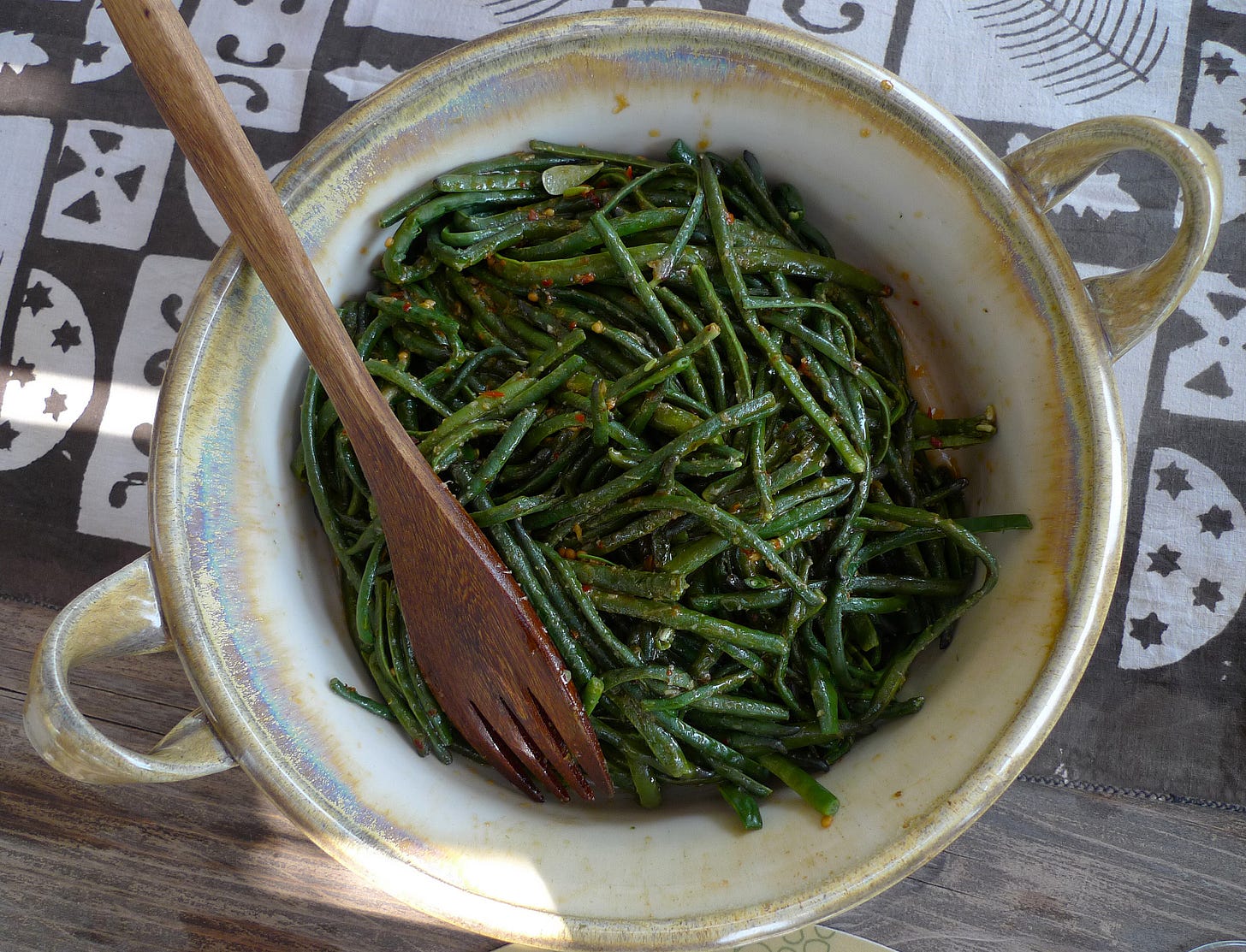
Besides Greece and Cyprus, I wonder where else people are so fond of ambelofasoula (green black-eyed peas). Although they are called ‘peas’ in English they are certainly Old World beans which originated in Africa and were brought to Europe and the US by the enslaved people.
Their Greek name means ‘beans from the vineyard’ maybe because they are usually harvested near the time wine-grapes are picked.
The plants are prolific, but there is a catch: you need to pay close attention and harvest them a the right time, just as they turn dark green and plump. Even less than a day later the pods start to get tough, yellowish and stringy, as the little beans grow quite fast.
This is the reason they are probably the most expensive of our various green beans. At the precise right time they are easily picked without waist. But growers must be extra attentive and harvest them before they mature, otherwise they get tough end chewy. We just briefly blanch them before serving the wonderful salad. I like to dress them with a simple garlic vinaigrette, sprinkling them with some Aleppo pepper flakes.
In Africa and Asia shelled black-eyed-peas are cooked in various ways, and I know that in the States "Hoppin' John" —black eyed peas with rice and pork— are traditionally prepared for the New Year. In various parts of India they are one of the elements in many curry dishes.
In Egypt cooked with rice, meat and tomato they are a very common nourishing everyday dish. It is interesting that they are called lobia in Egypt, much like, their Cypriot name, louvia.
From Cyprus I got my favorite way of cooking the shelled black-eyed peas. Until then I hardly ever cooked them, as I prefer the texture of the other beans, especially the small very tender as well as the meaty giant beans for our winter soups.
But in Cyprus I loved the simple louvia me lahana. They are cooked until tender in a little water, then braised fast in olive oil with onions and very little of their broth. A handful of greens —preferably wild— but also spinach or chard—is added, and the dish is finished with fruity olive oil and plenty of fresh lemon juice.
‘Bee Wilson has changed the landscape of the kitchen by breathing life into ordinary objects,” writes Ruth Reichl. “Through this remarkable book you will find yourself discovering meaning in plates, sadness in spoons, love in a measuring cup. I want to give this book to every cook I know,” concludes Reichl. I just started reading the UK edition and love it! Its cover is not so beautiful, but the above American version is coming out early in November.

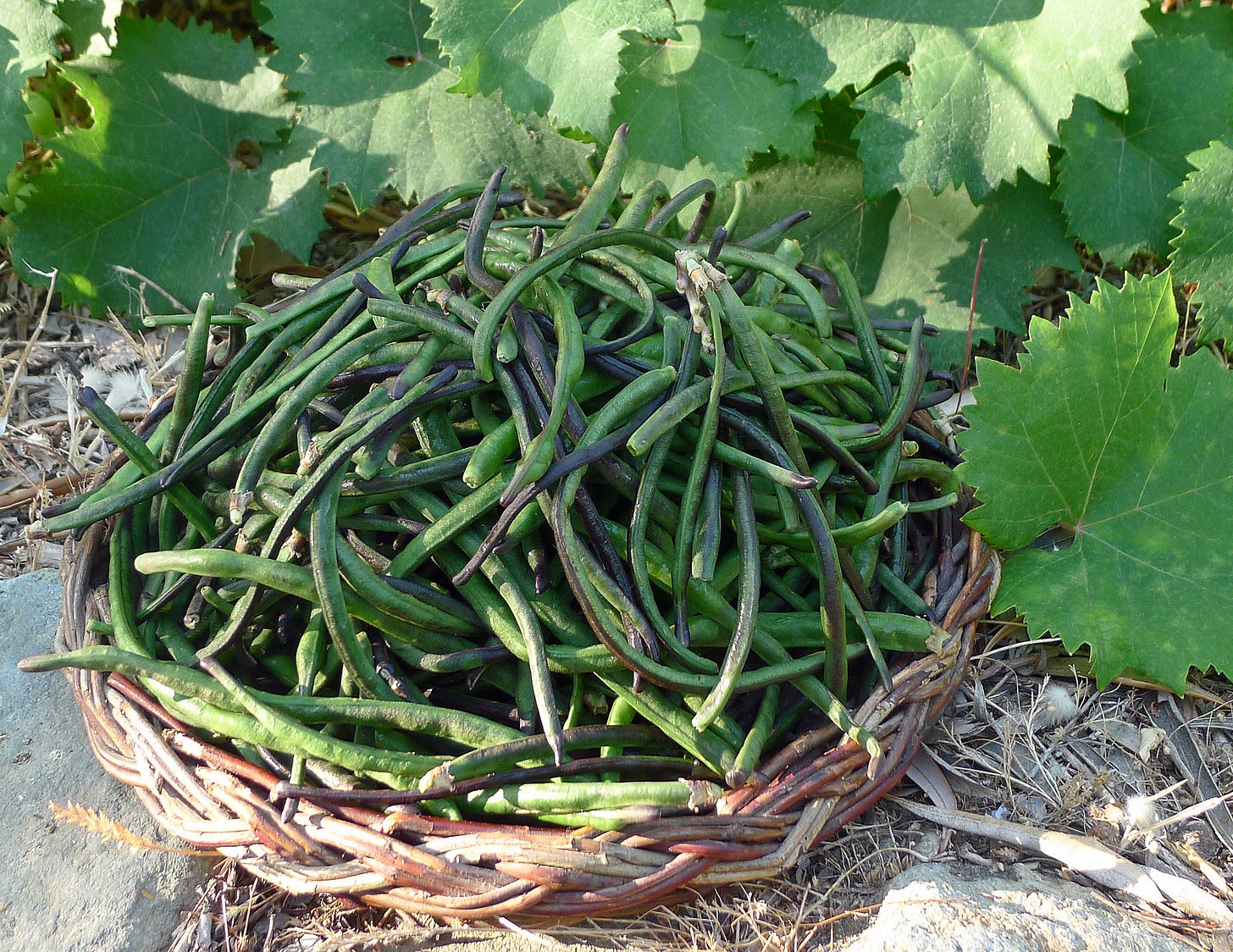
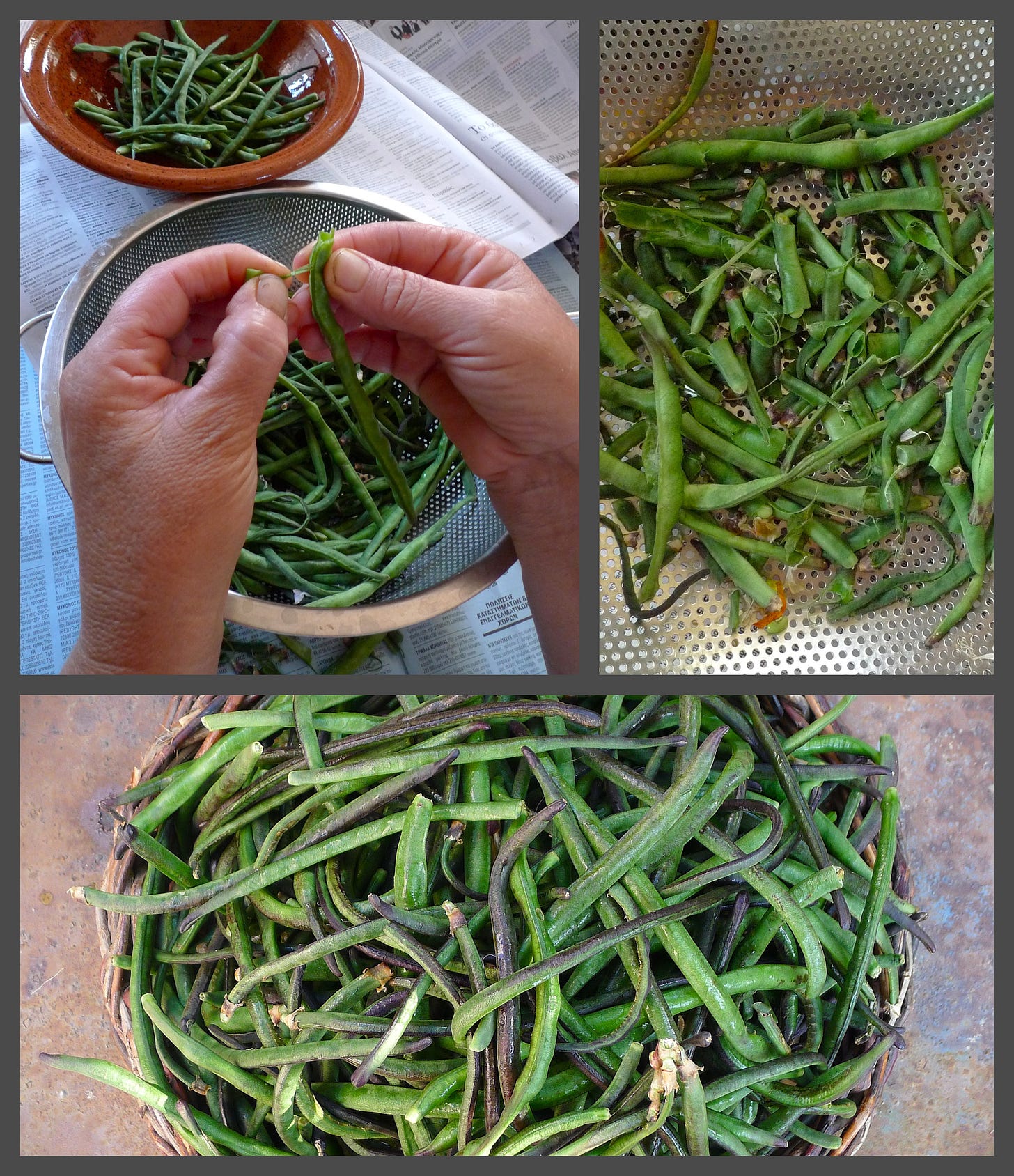
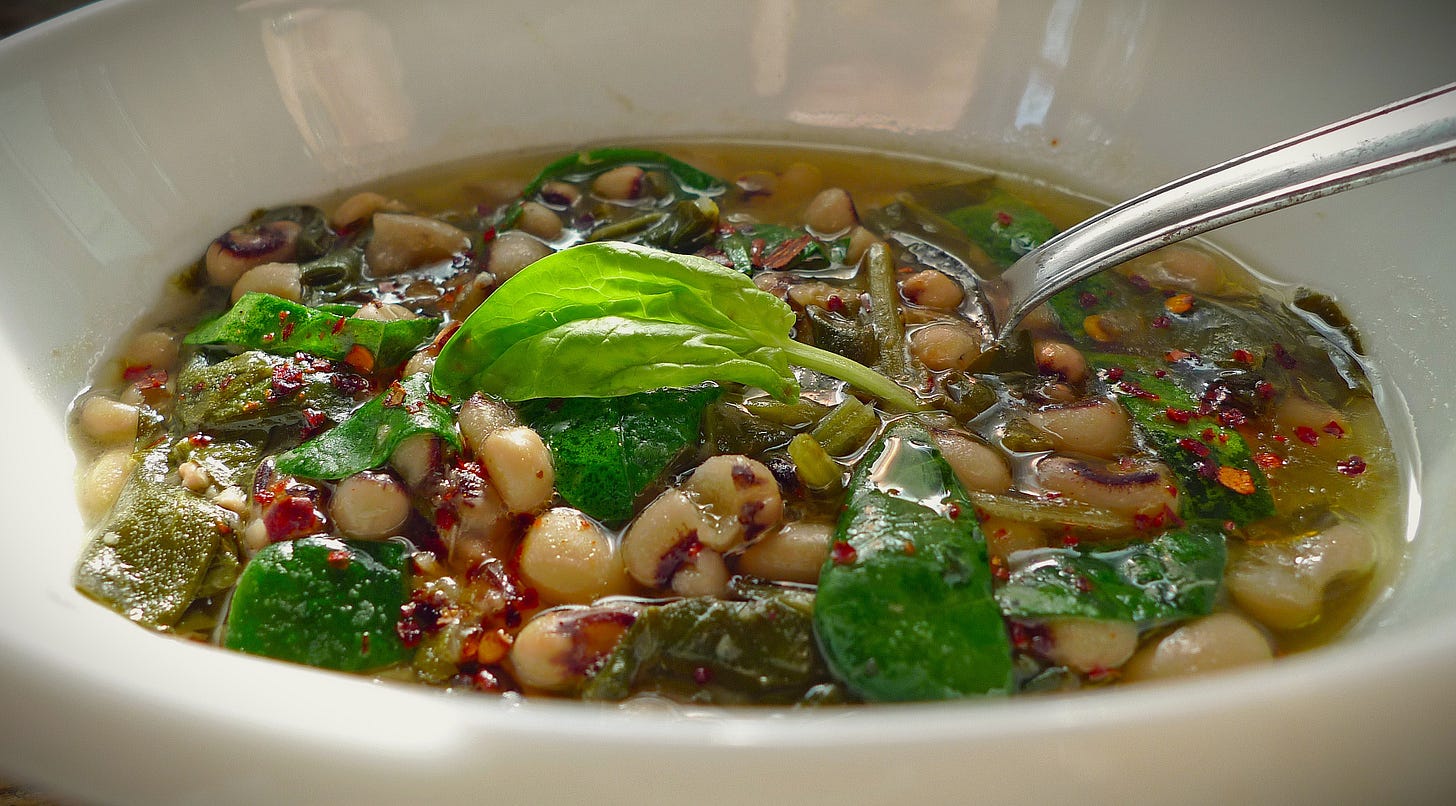

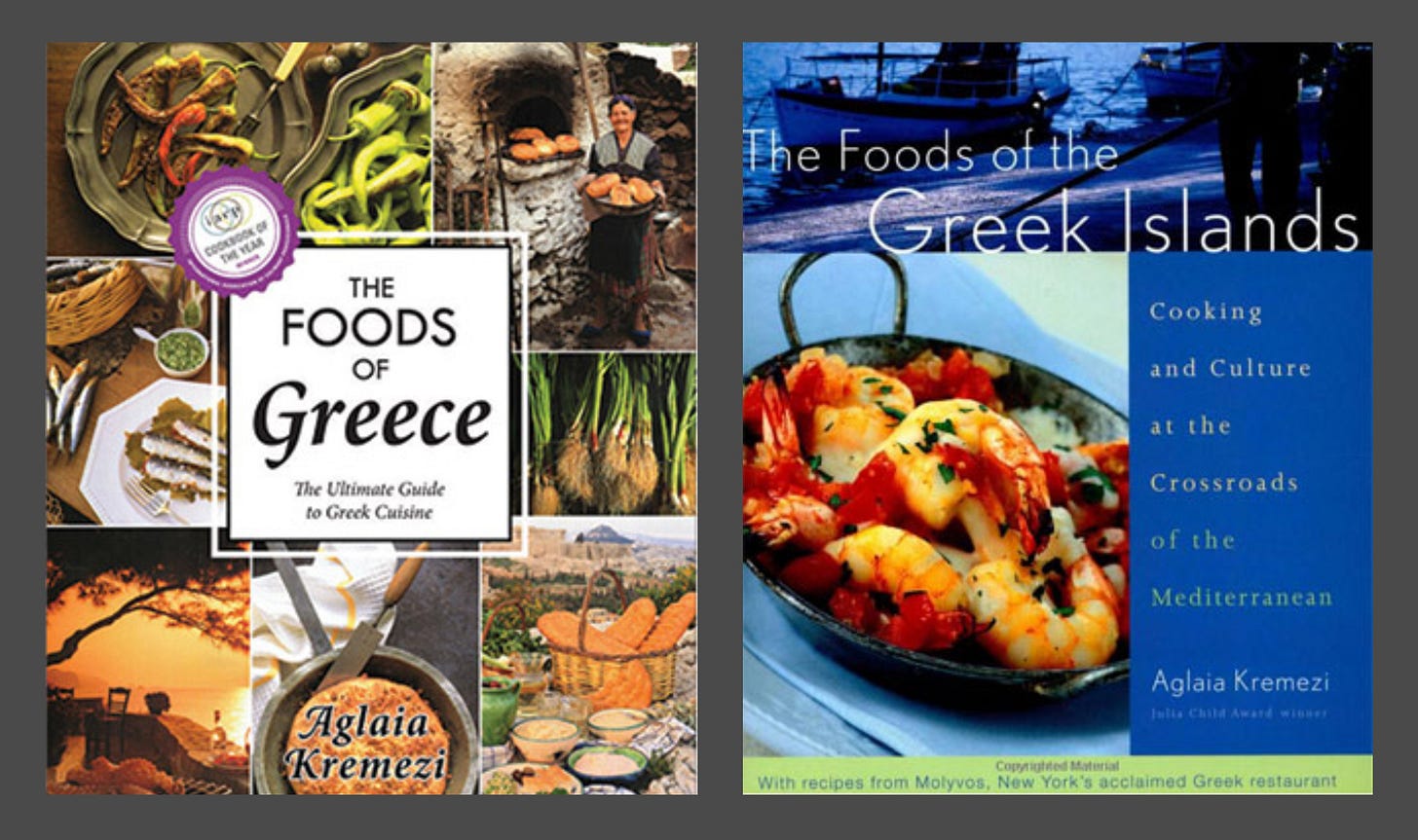
"A handful of greens —preferably wild— but also spinach or chard—is added"
I read that in India, in a similar recipe called Chawli Bhaji, they mix in the leaves of the cowpea vines into the beans. So, apparently, the leaves of the cowpea vines are edible.
I think we can get them at the local Middle Eastern emporium, tho imported, but will look out for them in Notting Hill Farmers' Market.